Forms of the Body in
Contemporary Japanese
Society, Literature,
and Culture
Forms of the Body in
Contemporary Japanese
Society, Literature,
and Culture
Edited by
Irina Holca and Carmen Spunaru Tma
LEXINGTON BOOKS
Lanham Boulder New York London
Published by Lexington Books
An imprint of The Rowman & Littlefield Publishing Group, Inc.
4501 Forbes Boulevard, Suite 200, Lanham, Maryland 20706
www.rowman.com
6 Tinworth Street, London SE11 5AL, United Kingdom
Copyright 2020 The Rowman & Littlefield Publishing Group, Inc.
All rights reserved . No part of this book may be reproduced in any form or by any electronic or mechanical means, including information storage and retrieval systems, without written permission from the publisher, except by a reviewer who may quote passages in a review.
British Library Cataloguing in Publication Information Available
Library of Congress Cataloging-in-Publication Data
Library of Congress Control Number: 2020933952
ISBN: 978-1-7936-2387-4 (cloth : alk. paper)
ISBN: 978-1-7936-2388-1 (electronic)
 The paper used in this publication meets the minimum requirements of American National Standard for Information SciencesPermanence of Paper for Printed Library Materials, ANSI/NISO Z39.48-1992.
The paper used in this publication meets the minimum requirements of American National Standard for Information SciencesPermanence of Paper for Printed Library Materials, ANSI/NISO Z39.48-1992.
Contents
Irina Holca and Carmen Spunaru Tma
Luciana Cardi
Andrea De Antoni
Galia Gabrovska
Irina Holca
Carmen Spunaru Tma
Caitlin C. Coker
Izutani Shun
Kayo Takeuchi
Emerald L. King
Kathryn M. Tanaka
Adrian O. Tma
Alina E. Anton
Jennifer Coates
Kayo Sasao
Yoko Kumada
Irina Holca and Carmen Spunaru Tma
In the Routledge Handbook of Body Studies (2012), Bryan S. Turner states that [t]he emergence of the body as a topic of research in the humanities and social sciences can be interpreted as a response to [] technological and scientific changes, and to a range of diverse social movements. As something at once utterly personal and widely political, the site of physical as well as cultural markings and demarcations, the body can indeed constitute a rich and promising standpoint for gazing upon and understanding societya challenge to which the various disciplines of the humanities were quick to respond, giving birth to a growing body of scholarship that employs both area-specific and universalist approaches, and ranges from detailed analysis to encyclopedic overview.
Victoria Pitts-Taylors extensive Cultural Encyclopedia of the Body (2008) lists 43 chapters with 110 themes, which represent as many body parts (starting with the abdomenabdominoplasty, and ending with the waisthistory of the corset) and perspectives from which the body can be seen, shaped, analyzed, and interpreted. Like food, one of the aspects of human life anthropology does not fail to reflect upon, the body is a daily presence, something that cannot be ignored, or rather, an entity that becomes significant even when (or exactly because) attempts at disregarding it are made. As such, works that revolve around the human body most likely constitute the greatest part of our cultural productions, and therefore scholarly inquiries into the significance of the body play a definitive part in understanding the way both individuals and societies function.
Japan is no exception to this trend, and the Japanese body has been discussed by researchers from various fields. One comprehensive work is Dominique Buissons Le corps japonais (2001), which offers a visual perspective of the Japanese body in all aspects of life: sacred, social, in love, with makeup, fictional, festive, theatrical, spatial, and funerary. Admitting that even an anthropological work is sometimes close to fiction, Buisson focuses on what is specific to Japan, and draws a clear line between the Occident, where the body only begins to exist during the Renaissance, and Japan, where the body is seen as part of nature, a divine gift that must neither be modified nor disguised, a pattern of thought still applied in various circumstances in contemporary society, such as Shinto rituals, where even makeup is to be avoided in order to present a natural body to the deities. In Joy Hendrys (1990) socially informed perspective, too, the Japanese body is something like a gift, the number of kimono layers encasing it is directly proportional to the formality of the occasion. As garments are among the most obvious cultural identifiers, the amount of attention drawn by Japanese fashion and its relationship with the body is not surprising, and Ofra Goldstein-Gidoni (2005) considers that the kimono-clad Japanese woman has become a symbol of the Japanese uniqueness. Even today, the fascination for difference continues to motivate research; many of the chapters in our volume strive to understand and look beyond this fascination, treating the unique Japanese body as a method that can enrich the emerging field of body studies from a non-Western perspective.
As a predecessor in a similar trend, we might mention here Eyal Ben-Aris study from 1996, Body Projects in Japanese Childcare: Culture, Organization and Emotions in a Preschool , where the author analyzes the mechanisms through which children learn to embody culture. Taking Japanese childcare as his case study, Ben-Ari enlarges upon the widely applicable observation that the body emerges through individual undertakings in which people intentionally fashion their physical frame to conform to accepted social notionsan idea that resonates with several of the chapters included in this volume, which focus on the mechanisms used to continuously learn, relearn, but also unlearn how to embody culture(s), well beyond childhood.
Wolfram Manzenreiter (2014) discusses the Japanese body in a global context, focusing on sports, the field where the human body is displayed in its most emphatic form. His book is no longer about tradition and elements that are characteristic to Japan, but an analysis of a social phenomenon that goes beyond national borders and is influenced by political and economic strategies. This seems to be a natural evolution of the humanities in general, and Japanese studies in particular: although the research focuses on a specific area, it is framed in a broader, international context. Sabine Frhstck (2005) adopts a similar approach when writing about genders and sexualities in Japan, and insists on the importance of globalization, as well as interactive and integrative efforts in order to obtain a better understanding of the concept of sexuality in Japan.
It is perhaps necessary to consider the issue of the body in Japan from a historical perspective, too; in view of the immediate relevance to our project, we will refer here only to the transformations of the matter at hand in the early-modern (pre-Meiji) and modern period (preWorld War II), leading up to developments in contemporary (postwar) Japan.
Needless to say, the body is one of the most compelling frameworks applied to thinking about the nation. In Japan, Edo scholars such as Maeno Rytaku (17231803) or Aizawa Seishisai (17821863) used their newly acquired knowledge of Western anatomy to draw parallels between the workings of the body and the workings of the state. Aizawa, for example, compared each of the five limbs of the physical body to a part of the Japanese archipelago, and, critical of his countrys lack of preparedness in front of the challenges presented by the West, went on to prescribe a set of ritual therapeutics for the body of the nation, (Josephson 2012) meant to help Japan attain a coherent whole that he called the kokutai, literally the nation body. Such ideas were further developed in modern Japan, contributing to the conceptualization of the modern state. As Horiguchi (2012) argues, drawing new inspiration from Western (especially German) ideas, Meiji ideologues first explained the nation metaphorically, in terms of body parts and functions (cf. the organ theory of the emperor, tenn kikan setsu ). Later, arguments developed around the so-called kokutai ron , which did away with metaphor altogether and posited instead that the body of the nation-state was nature itself; herein, the emperor and his subjects were conceived of as members of an enormous family, bound by blood, a pure line going all the way back to the Sun Goddess, Amaterasu.

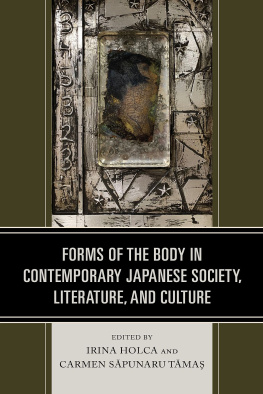

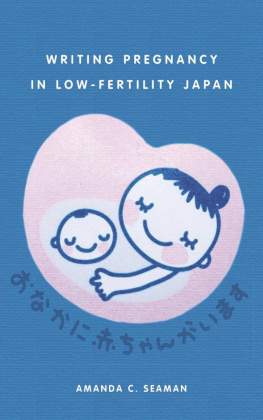
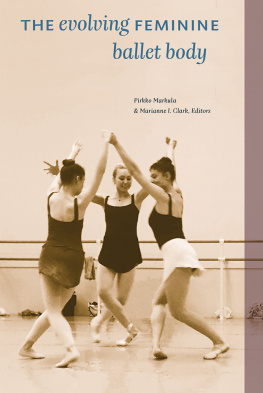

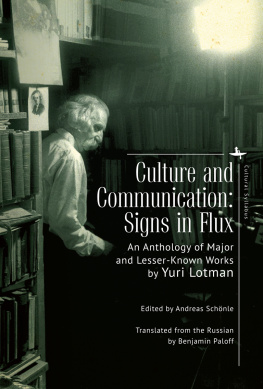
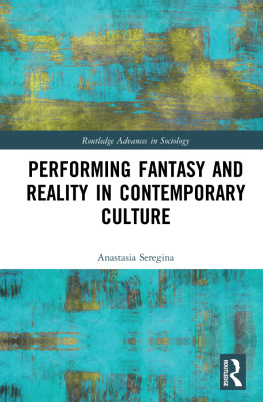
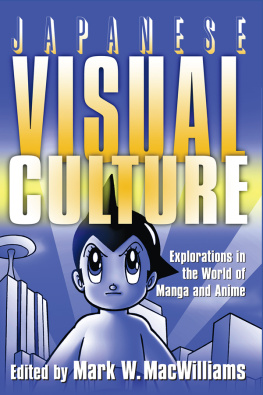

 The paper used in this publication meets the minimum requirements of American National Standard for Information SciencesPermanence of Paper for Printed Library Materials, ANSI/NISO Z39.48-1992.
The paper used in this publication meets the minimum requirements of American National Standard for Information SciencesPermanence of Paper for Printed Library Materials, ANSI/NISO Z39.48-1992.